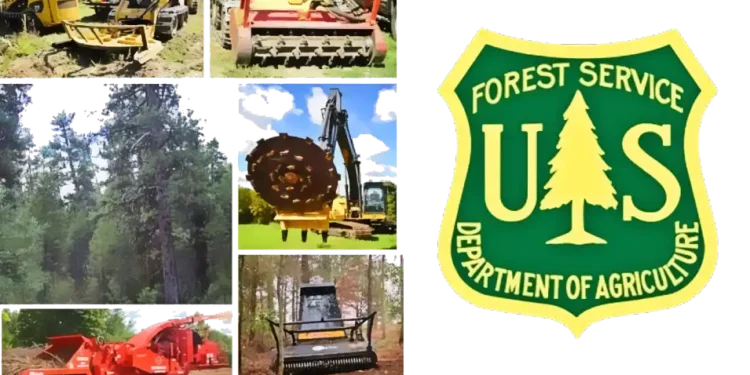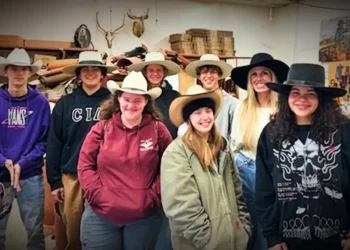SOUTH LAKE TAHOE, Calif. —
The USDA Forest Service Lake Tahoe Basin Management Unit (LTBMU) will begin hazardous fuels reduction treatments in the Meyers area during the week of May 12, 2025, focusing on mastication near the intersection of Pioneer Trail and U.S. Highway 50. This proactive forest management effort aims to reduce wildfire risk by mechanically removing dense ground vegetation, primarily manzanita.
Mastication—also known as forest mulching—involves the use of specialized heavy equipment to chop, grind, and shred underbrush and small woody plants into mulch, which is then left on the forest floor to naturally decompose. While trees are not targeted in this process, the temporary removal of thick brush plays a crucial role in fire mitigation.
“Reducing hazardous fuels is one of our most important tools for protecting communities from wildfires,”
said LTBMU Forest Supervisor Erick Walker in a previous statement about mastication work.
“These treatments help keep fire on the ground, where it’s more manageable, and away from homes and infrastructure.”
Access to some areas in the vicinity of Pioneer Trail may be temporarily restricted during active operations. Officials urge the public to exercise caution, respect signage, and maintain a safe distance from equipment and crews on site.
The forests of the Tahoe Basin remain highly overstocked and vulnerable to drought, insects, disease, and wildfire. Mastication treatments reduce ladder fuels and create critical spacing between vegetation layers, which limits a fire’s ability to move from the ground into the forest canopy.
Beyond reducing wildfire danger, mastication supports long-term ecological resilience. Benefits include improved forest health, better wildlife habitat, and more stable watersheds. While treated areas may initially appear disrupted, the chipped mulch fosters soil health and encourages native regrowth within a few seasons.
These operations complement ongoing defensible space and home hardening efforts by private landowners, forming a comprehensive strategy to protect lives and property throughout El Dorado County and the Tahoe Basin.
For more information about ongoing fuel reduction projects, visit the LTBMU website.
By Cris Alarcon, InEDC Writer. (May 10, 2025)









